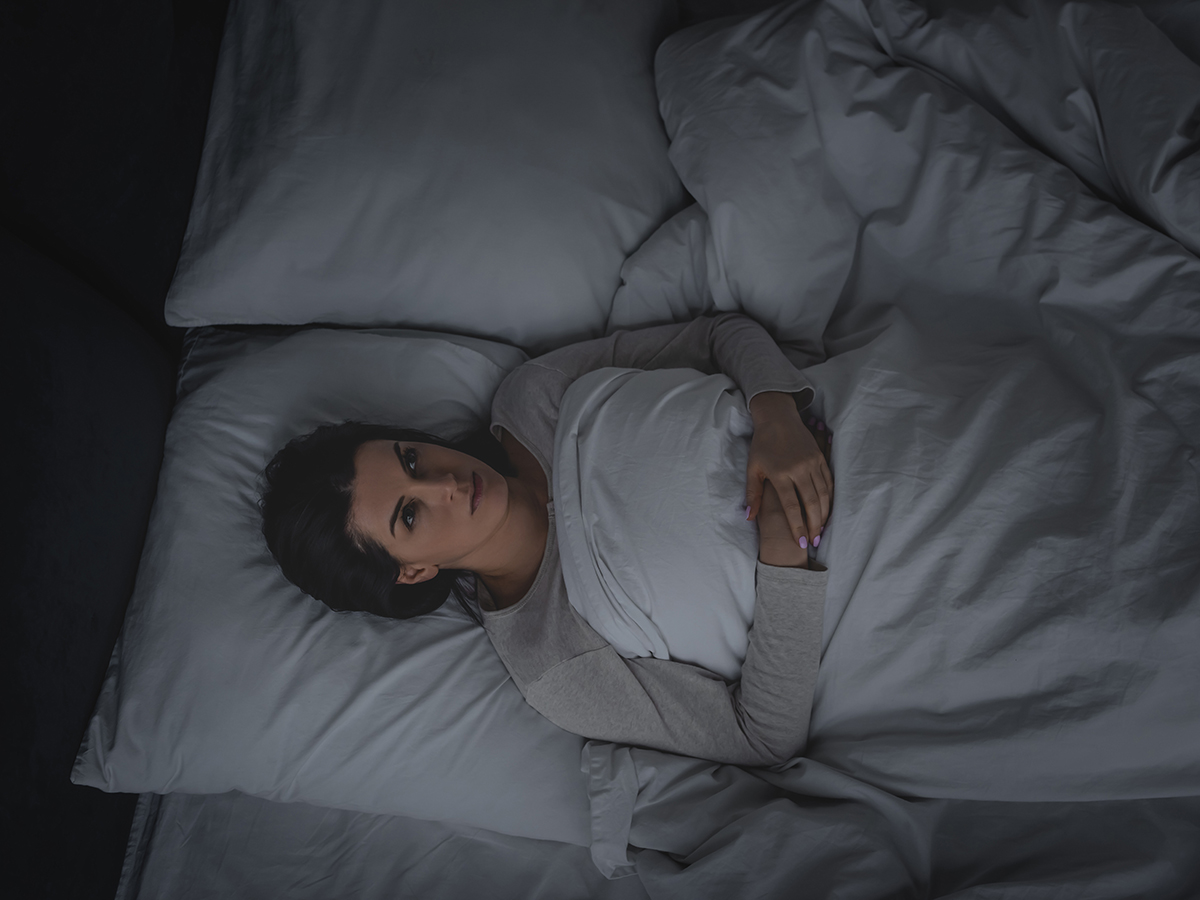 Sleep specialist S. Justin Thomas, Ph.D., has grown accustomed to people looking at him as though he is an eight-headed monster. That’s his way of referring to the reaction he gets from patients when he tells them about one of the most effective ways to overcome insomnia: sleep restriction.
Sleep specialist S. Justin Thomas, Ph.D., has grown accustomed to people looking at him as though he is an eight-headed monster. That’s his way of referring to the reaction he gets from patients when he tells them about one of the most effective ways to overcome insomnia: sleep restriction.
“They can’t get to sleep and have difficulty functioning during the day, and I tell them to spend less time in bed,” said Thomas, director of the Behavioral Sleep Medicine Clinic in the UAB Sleep/Wake Disorders Center and associate professor in the Department of Psychiatry and Behavioral Neurobiology in the UAB Heersink School of Medicine. “That is so counterintuitive, but it works.”
Sleep restriction is one element of cognitive behavioral therapy for insomnia, or CBTi, which has become the leading method of treating the most common sleep disorder. Every year, millions of adults in the United States report symptoms of insomnia: difficulty getting to sleep or staying asleep that results in daytime sleepiness or difficulties functioning. Insomnia is defined as chronic if patients have symptoms three or more times per week for three months or more.
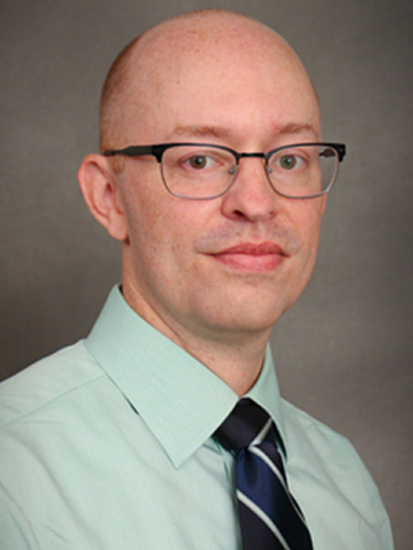 S. Justin Thomas, Ph.D., associate professor in the Department of Psychiatry and Behavioral Neurobiology at UAB and current president of the Society of Behavioral Sleep Medicine.Thomas is one of only three specially trained behavioral sleep medicine specialists in the state of Alabama and a prolific researcher advancing the state of the art in the field. (He is currently serving as president of the Society of Behavioral Sleep Medicine, which awarded him its Arthur J. Spielman Early Career Distinguished Achievement Award in 2021.)
S. Justin Thomas, Ph.D., associate professor in the Department of Psychiatry and Behavioral Neurobiology at UAB and current president of the Society of Behavioral Sleep Medicine.Thomas is one of only three specially trained behavioral sleep medicine specialists in the state of Alabama and a prolific researcher advancing the state of the art in the field. (He is currently serving as president of the Society of Behavioral Sleep Medicine, which awarded him its Arthur J. Spielman Early Career Distinguished Achievement Award in 2021.)
CBTi is the front-line treatment
CBTi is now the front-line treatment for insomnia, Thomas said: “It usually does a good job and has a more lasting effect than medications.”
With CBTi, “we get people to identify those thoughts that aren’t helpful and come up with more helpful thoughts,” Thomas said. The nice thing is that it generalizes out to the rest of their lives. It can make an impact on anxiety and depression as well.”
“Especially if you can catch the insomnia earlier, CBTi works really well. The beauty is that, once you get done seeing me, you have skills to where if the insomnia comes back in five or 10 years you can treat yourself. And you don’t have to be taking a sleeping pill for the rest of your life.”
CBTi generally includes four pieces, Thomas says.
1. Relaxation techniques
“We teach relaxation techniques — diaphragmatic breathing, passive muscle relaxation and what are called autogenic phrases,” he said. “There is a roughly 20-minute routine that we teach and that our patients practice every day until they get good enough to do it themselves.” Some patients find that these techniques alone can help them get to sleep, Thomas says. For others, it’s just the first step in the process. “I tell patients, ‘It’s not like Ambien.’ The goal is to get you to relax and calm down and move yourself closer to sleep.”
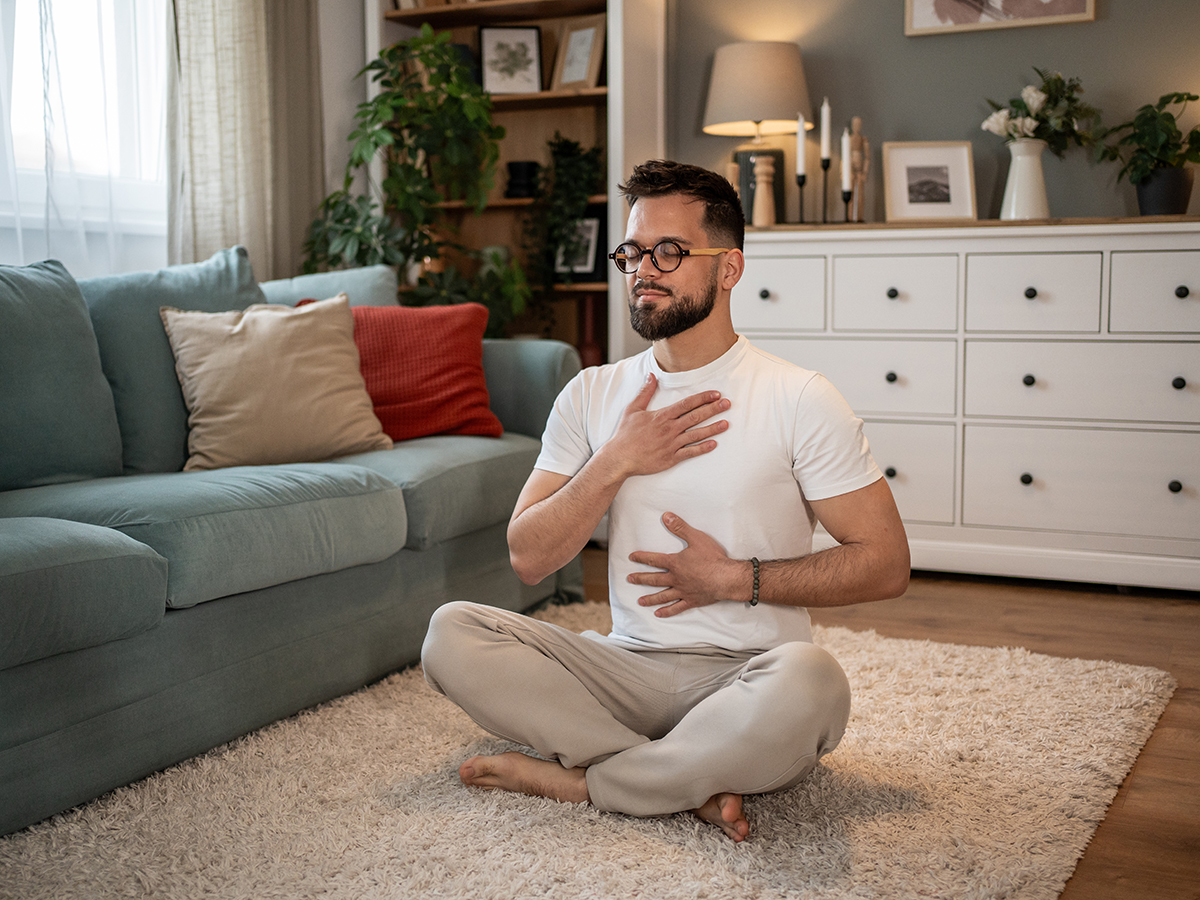
2. Stimulus control
“The stimulus for sleep is the bed, and we want to have control over the stimulus,” Thomas said. “That’s a set of rules to keep people from associating their beds and bedrooms with anything other than sleep and sex. Many people with insomnia lie there and toss and turn and get frustrated. The brain learns to associate the bed with wakefulness. We instruct you to not go to bed until you are sleepy, and if you can’t fall asleep for a period of time, to get up and go do something quiet and relaxing and return to bed when you feel sleepy.”
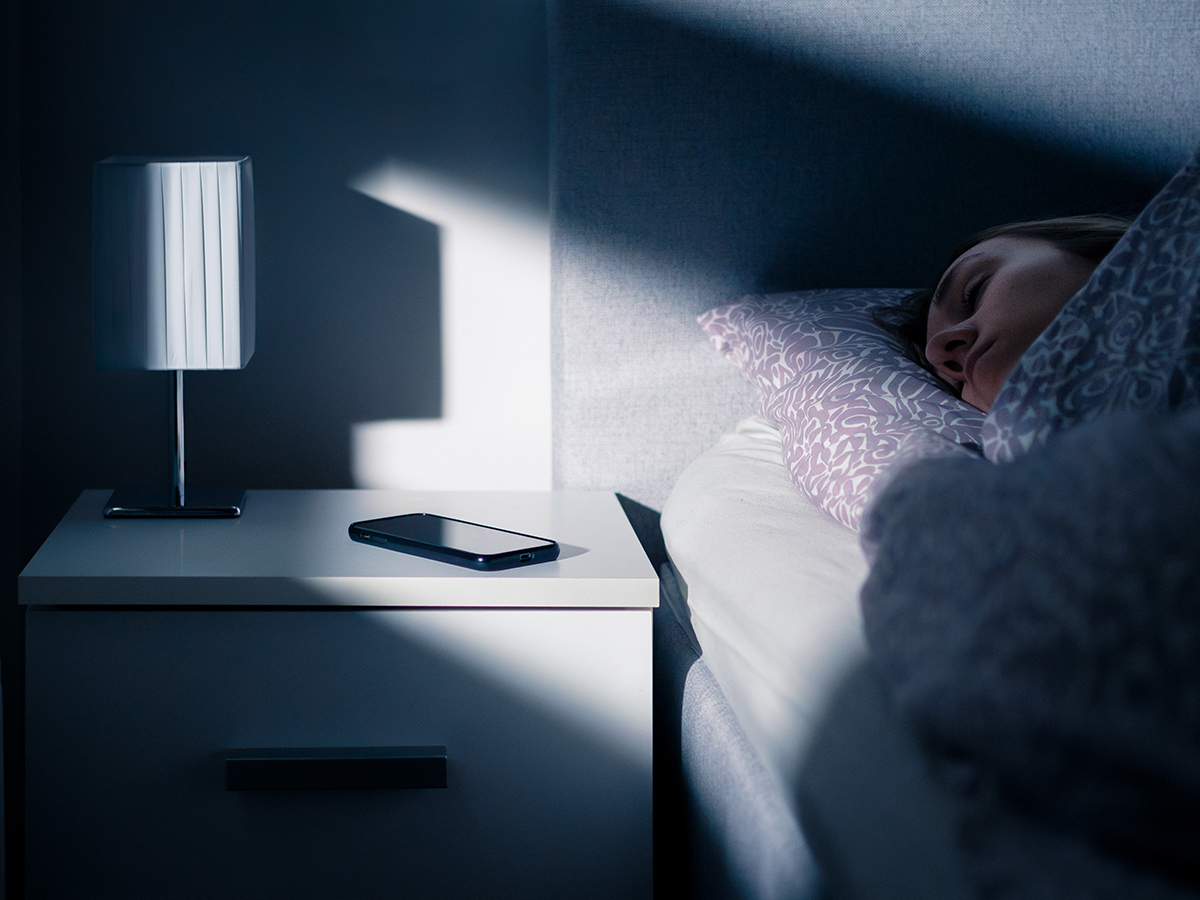
3. Sleep restriction
This may be the most counterintuitive part of CBTi. “We’re not really restricting sleep but reducing time in bed to match how much sleep you are actually getting,” Thomas said. “If you are only sleeping for six hours but you are lying in bed for nine hours, we get you to only spend six hours in bed. Most people do the opposite. If they have a bad night, they will spend more time in bed, drink caffeine during the day and maybe take a nap. That makes it even harder to sleep the next night, and it can start a cycle. Then they find themselves worrying about what will happen the next night and the cognitive piece comes into play.”
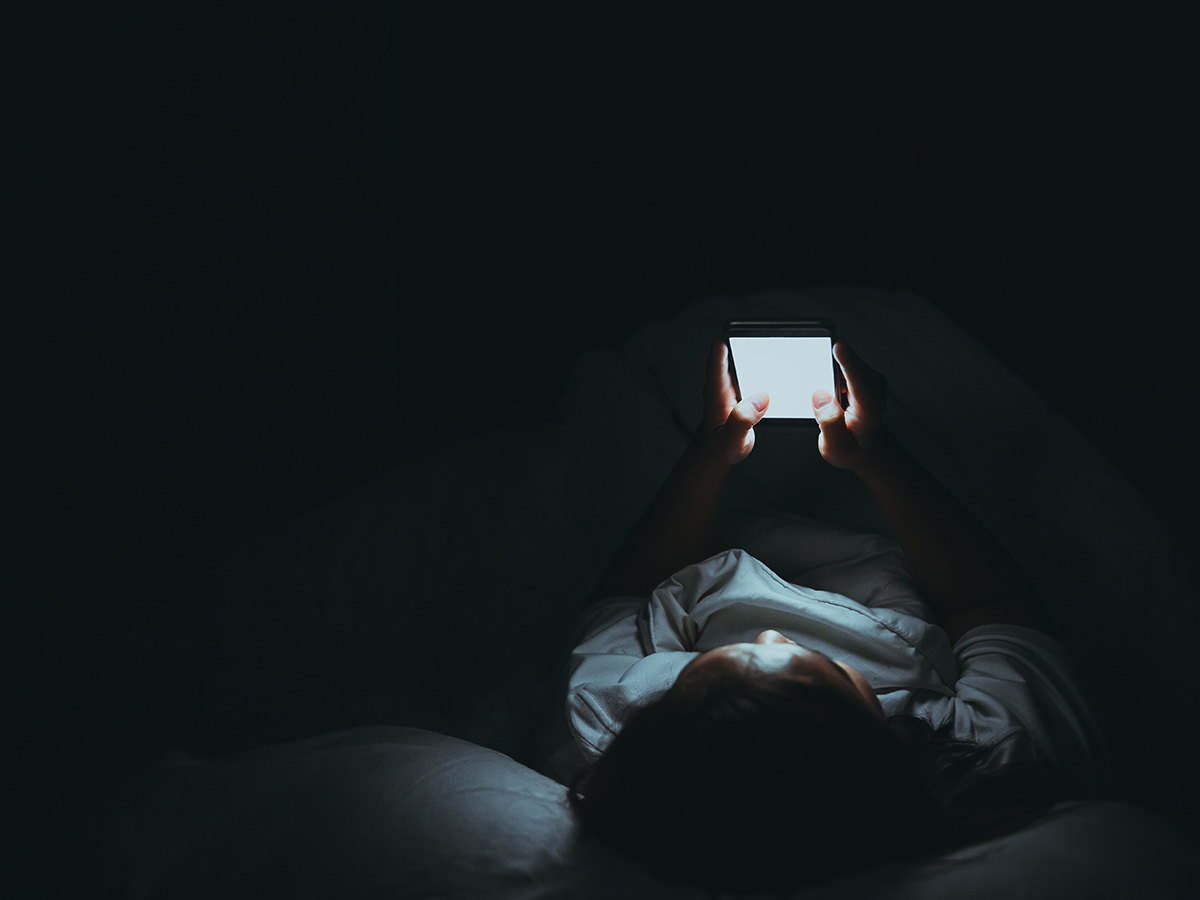
4. Cognitive therapy
Finally, there is cognitive therapy, “which is a tool that psychologists use to identify thoughts that may or may not be accurate,” Thomas said. “It helps people identify the connection between thoughts and emotions, challenge those thoughts, and help people come up with more helpful and realistic thoughts. We tell people, ‘Don’t look at the clock.’ They are lying in bed and telling themselves, ‘It’s 2 a.m. I need to fall asleep right now or I won’t be able to function.’ That’s not helpful. They put so much pressure on themselves that it creates performance anxiety. We get people to identify those thoughts that aren’t helpful and come up with more helpful thoughts. The nice thing is that it generalizes out to the rest of their lives. It can make an impact on anxiety and depression as well.”
How long does CBTi treatment last?
On average, patients “see us for four or five visits,” Thomas said. “I kind of joke that we should teach CBT as a life skill,” Thomas said. “It can prevent a lot of mental health concerns, and it’s not at all intuitive. It really is a game-changer in terms of life in general.”
Treating circadian rhythm sleep-wake disorders
Sometimes, what looks at first like insomnia is actually a circadian rhythm sleep-wake disorder. These are a particular research interest for Thomas. Using light and precisely timed administration of melatonin as treatment, he can help night owls function in a world that gets moving with the sunrise.
One aspect of treatment in the Behavioral Sleep Medicine Clinic is “we get a sense of chronotype, which is the timing of when your body wants to sleep,” Thomas said. “There are morning people (larks), there are intermediates — which is the bulk of people — and there are night owls, and all of that is on a continuum. Genetics plays a big role in your ability to sleep, how much you sleep and the timing of sleep. Do you get your best work done in the morning or in the afternoon or evening? On the weekends, do you prefer to stay up later and sleep later?”
Those questions get at the behavioral output of a person’s chronotype. “What’s really driving that, though, is the underlying circadian rhythms, which dictate when your melatonin levels rise,” Thomas said. “When it gets dark, your brain starts to produce melatonin,” but the timing of melatonin production varies from person to person, he explained.
“We see a lot of adolescents with delayed sleep-wake phase disorder, which means your melatonin levels rise later than the average person,” Thomas said. “The clinical presentation is ‘I can’t go to sleep,’ which sounds like insomnia. But if you give them a sleeping pill, that won’t necessarily work.” Instead, “what we do is administer bright light in the morning to advance the circadian phase and make it possible for someone to fall asleep earlier and more easily wake up for school or work — plus or minus some melatonin.”